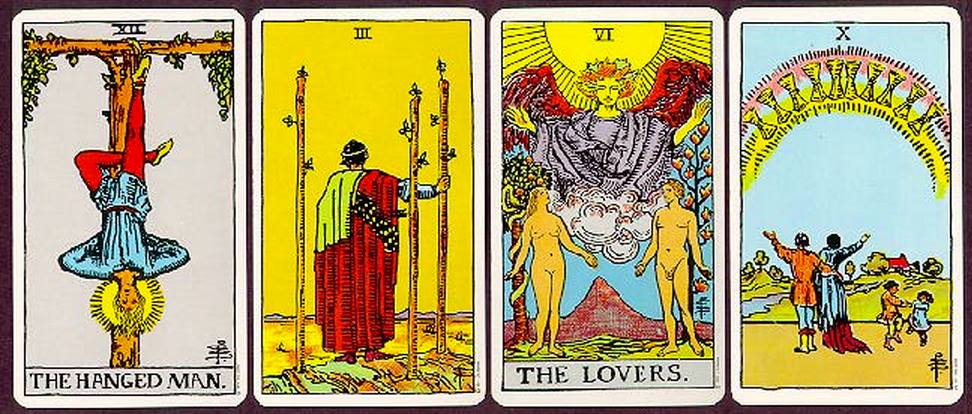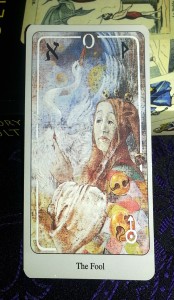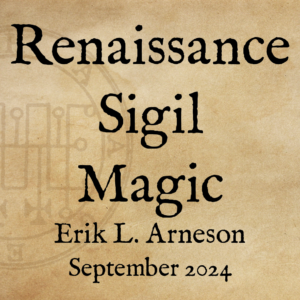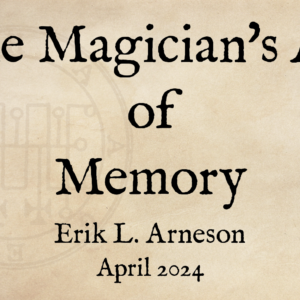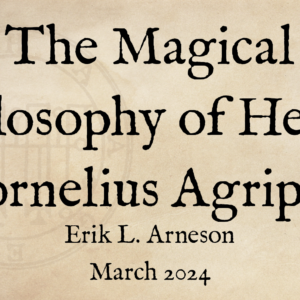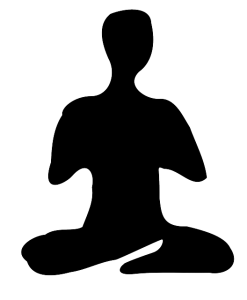 Learn to meditate on the Tarot cards in just five minutes. The following technique is simple and effective, and you can practice it in just five minutes.
Learn to meditate on the Tarot cards in just five minutes. The following technique is simple and effective, and you can practice it in just five minutes.
Meditating with the Tarot is one of the best methods to learn the symbolism and meanings of the cards. Tarot meditation is an essential tool for all Tarotists. With this meditation technique, you will strengthen your visualization skills, expand your imaginative abilities, and gain a deep understanding of Tarot symbolism.
Things You’ll Need
First, you will need a quiet, comfortable space and about some free time. You should be dressed comfortably, and if you’re not going to be happy about sitting on the floor, then you should get a comfortable chair or stool.
You will also need your Tarot deck. This technique works with any deck.
Getting Started
Select a card to act as the focus of your meditation. You can do this randomly, or you can pick a specific card which you’d like to study in more depth. I find this technique is excellent if there is a particular card that I have had trouble reading.
Once you have your Tarot card chosen, sit comfortably and relax your body. You can do this through deep breathing or some other method. I won’t go into too much detail on how to get started meditating. Instead, check out this handy guide.
Focus on the Card
The next step requires some work, and may take practice. Focus on the card and memorize its image. Close your eyes and picture the card in your imagination. Pay attention to color and detail. Notice every line, every shadow, and every shape.
It can help to scan the card back and forth, like you’re reading the page of a book. Take your time. It might take a few tries before you see the image of the Tarot card in your mind’s eye. Close your eyes and hold the image before you.
Identify With the Card
As you focus on your mental image of the card, notice how it makes you feel. The cards symbolize archetypal patterns that occur in all of our lives. Find a time in your life whose meaning corresponds with the feeling the image of the Tarot card evokes. That emotion and that memory will help solidify the meaning of the card in your mind.
Wrap It Up
When you’re done meditating, it’s time to bring yourself back to normal awareness. Open your eyes and take in your surroundings. Some people like to ring a small bell, clap, or stamp their feet to signal that the meditation is at an end. Some people like to have a cookie. You pick!
This meditation is incredibly helpful for learning the meaning of Tarot cards. It’s an important step in building advanced Tarot techniques, as well. You will see the best results if you practice it daily, with a different card each day.
Book a Tarot reading with me!

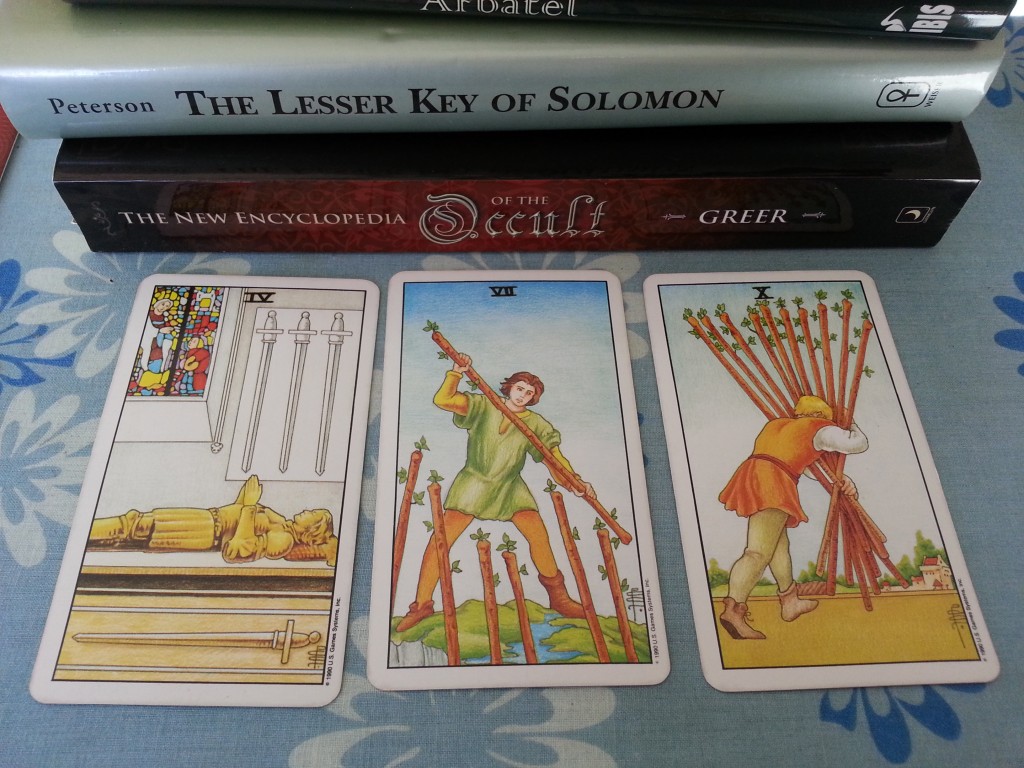
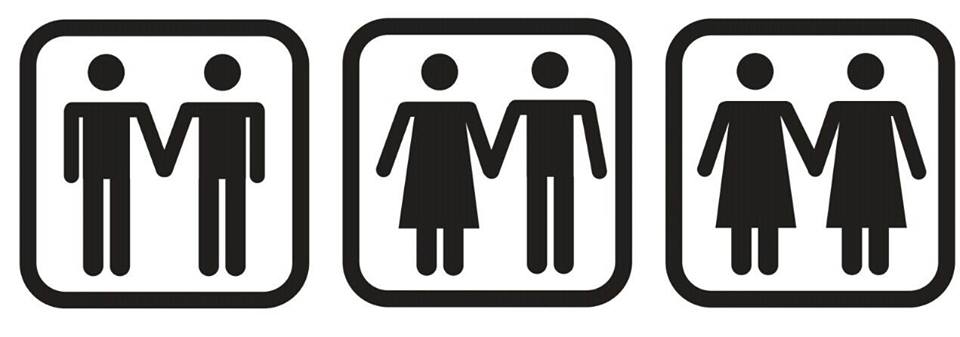
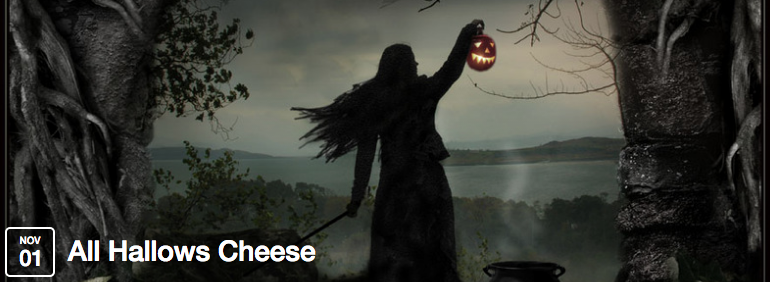
 Learn to meditate on the Tarot cards in just five minutes. The following technique is simple and effective, and you can practice it in just five minutes.
Learn to meditate on the Tarot cards in just five minutes. The following technique is simple and effective, and you can practice it in just five minutes.